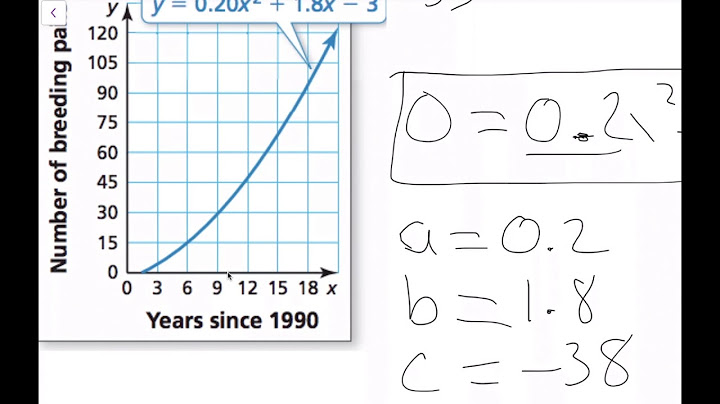List life's levels of organization from largest to smallest Biosphere, ecosystem, community, population, organism, organ system, organ, tissue, cell, organelle, molecule, atom Which of the following levels of biological organization includes all on the list: organ, molecule population, tissue? What are the two major processes in an ecosystem? Recycling chemical nutrients and flow of energy What is the chemical flow for producers? They use CO2 from air and H2O from soil and minerals from soil What is the chemical flow for consumers? Take O2 from air and return CO2, waste returns chemicals to soil What is the chemical flow for decomposers? They change wastes from consumers into minerals plants can use What is the difference between flow of energy and chemical nutrients? Chemical nutrients cycle within the web, while energy is gained and lost constantly and enters and exits the ecosystem as heat. What are the energy transfers for energy within the ecosystem? light energy to chemical energy to heat energy How can one tell a prokaryotic and eukaryotic cell apart? A prokaryotic cell has no nucleus and no membraned organelles and is usually smaller and simpler, a eukaryotic cell is usually bigger and more complex, has a nucleus, and has membraned organelles. What is the foundation for unity of life? The genetic information in DNA molecules How do genes become varied? There are 4 chemical letters that line up in some sort of sequential string that encodes precise info in genes. How does diversity exist? Diversity stems from differences in DNA sequences Explain how photosynthesis of plants functions in both the cycling of chemical nutrients and the flow of energy in an ecosystem. Photosynthesis uses light to convert CO2 and H2O to energy-rich food, making it the pathway by which both chemical nutrients and energy become available to most organisms Explain why cells are considered the basic units of life? They are the lowest level in the hierarchy of biological organization at which the properties of life emerge What is the chemical basis for all of life's kinship? DNA as the genetic material What are the three domains? Bacteria, Archaea, and Eukarya Which are prokaryotic and typically unicellular? What are the kingdoms of Bacteria? What are the kingdoms of Archaea? What are the kingdoms of Eukarya? Plantae, Animalia, Protista, Fungi What is the difference between Bacteria and Archaea? Bacteria are the most commonly found bacteria that are all around you daily. Archaea are the bacteria that are in more rare or unique locations like inside geysers List all of the characteristic of living things? Growth and development, Organization and presence of 1+ cells, Response to Stimuli, Metabolism, Reproduction, Change over time, and Homeostasis Describe Organization and presence of 1+ cells A cell is the smallest unit that can perform all of life's processes. when it has 1 cell it is unicellular, 1+ it is multicellular Describe Response to Stimuli A response to the physical or chemical change into the internal or external environment Same Stability. Process by which organisms maintain stable internal conditions despite what is happening in their external environment. NOT JUST TEMPERATURE (cold blooded animals) Sum of all chemical reactions that take in and transform energy and materials from environment; almost all energy originally comes from sun Describe Growth and Development Living things must grow and increase in size, cell division, and go through a process to become a mature adult Nonessential for the survival of the individual, but essential for the continuation of the species (hereditary info passed on through DNA) there is both sexual and asexual (without sex) Describe change through time change through time is important for survival in changing world List all steps of the scientific method Make an Observation, Ask a Question, Create a Hypothesis, Predict What Will Happen, Design and Carry Out Experiment, Conclusion Use senses to receive knowledge about the world Think about what you observed and use curiosity to ask a question Use everything you know about what you observed and questioned to make an educated guess about why it is that way Put pieces together and make statement about what you expect to happen in the experiment you are creating to answer your question. Design and Carry Out Experiment Plan experiment with all good elements of an experiment and then do it group in study that is test group group in study that is NOT test group, therefore nothing is being done to them, they just have same constants as experimental The variable that is being changed "D" for data, variable that is based on what IV is things that you keep the same in an experiment, what both the control and experimental group must have By analyzing results you can determine whether your hypothesis/prediction was right Difference between correlative design and scientific method Correlative design is like discovery science where you are just basically making observations instead of actually deterring something. How to Have Good Experimental design randomize the population, high sample sizes, design experiment that can be replicated by others, isolate and manipulate a defined variable Ways of Scientific Misconduct negligence- careless science/data |

Related Posts
Advertising
LATEST NEWS
Advertising
Populer
Advertising
About

Copyright © 2024 en.apacode Inc.


















